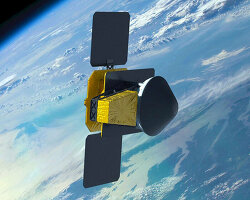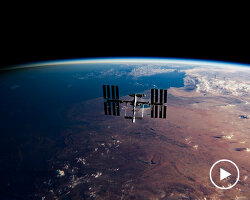KEEP UP WITH OUR DAILY AND WEEKLY NEWSLETTERS
PRODUCT LIBRARY
BMW releases the upgraded vision neue klasse X, with a series of new technologies and materials especially tailored for the upcoming electric smart car.
following the unveiling at frieze LA 2024, designboom took a closer look at how the color-changing BMW i5 flow NOSTOKANA was created.
connections: +630
each unit draws inspiration from emergence, featuring a hexahedron-based structure that facilitates integration into larger systems.
connections: 96
brian eno revives his color-changing neon turntable for the second time, on display too at paul stolper gallery in london until march 9th, 2024.
connections: +380
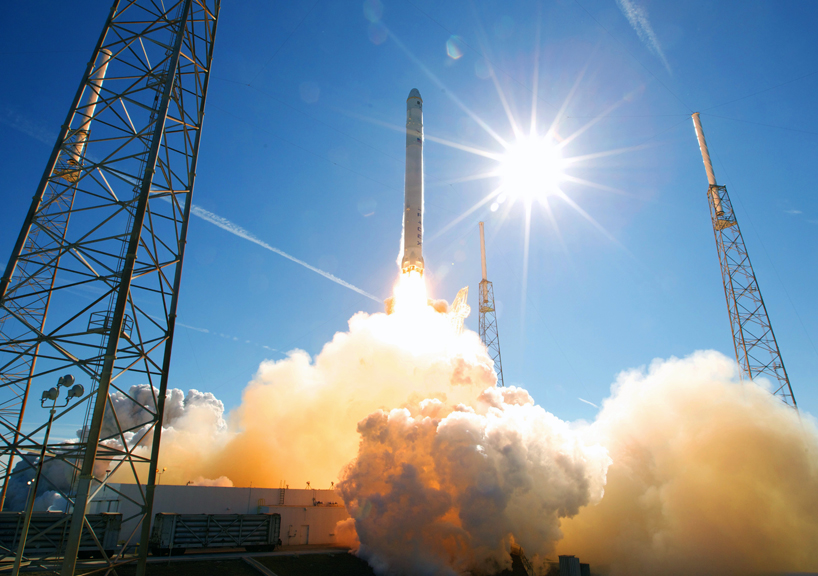
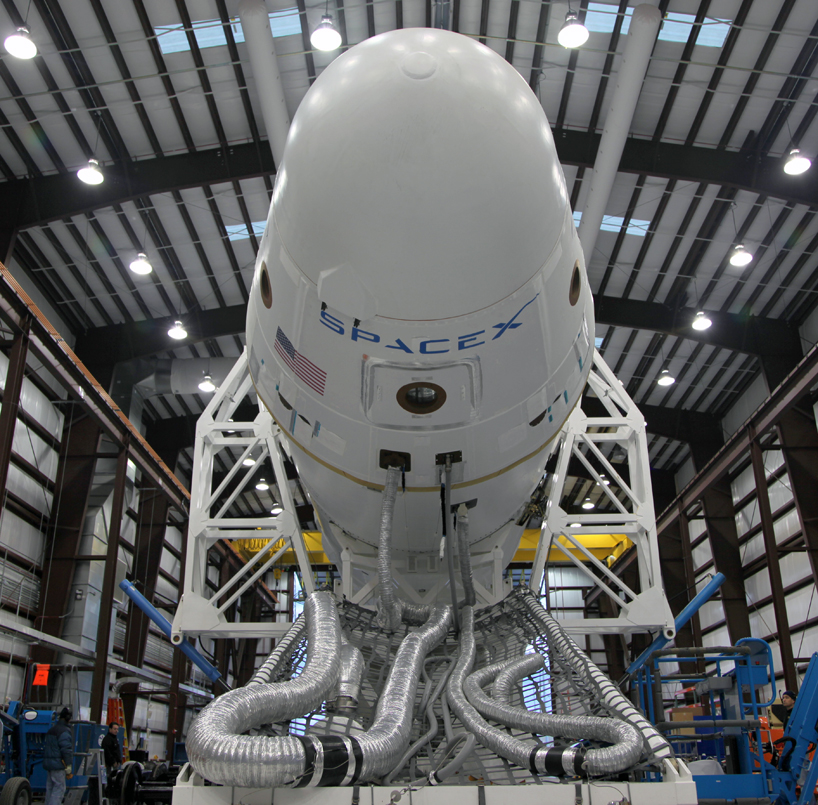 ‘dragon’ and ‘falcon 9’ wait in a spaceX hangar a few days before their may 19th scheduled launch
‘dragon’ and ‘falcon 9’ wait in a spaceX hangar a few days before their may 19th scheduled launch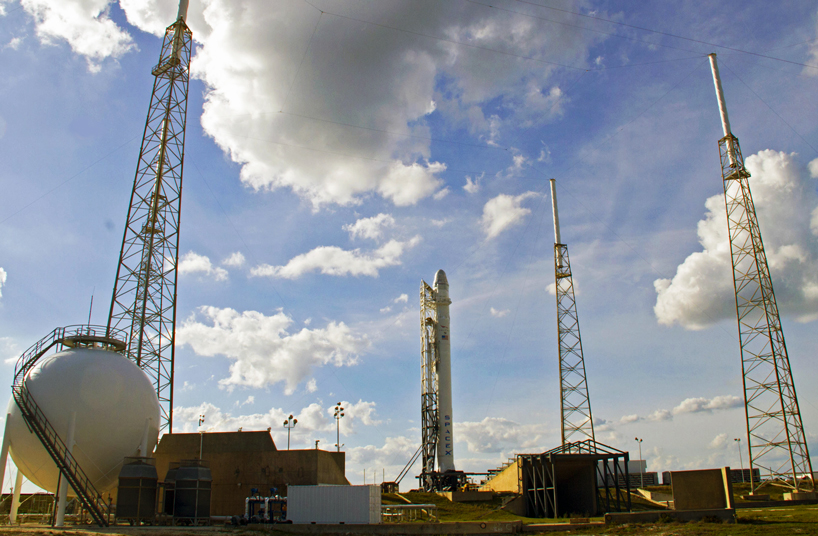 the spacecraft is already in place for the launch at cape canaveral, florida image © NASA / cory huston
the spacecraft is already in place for the launch at cape canaveral, florida image © NASA / cory huston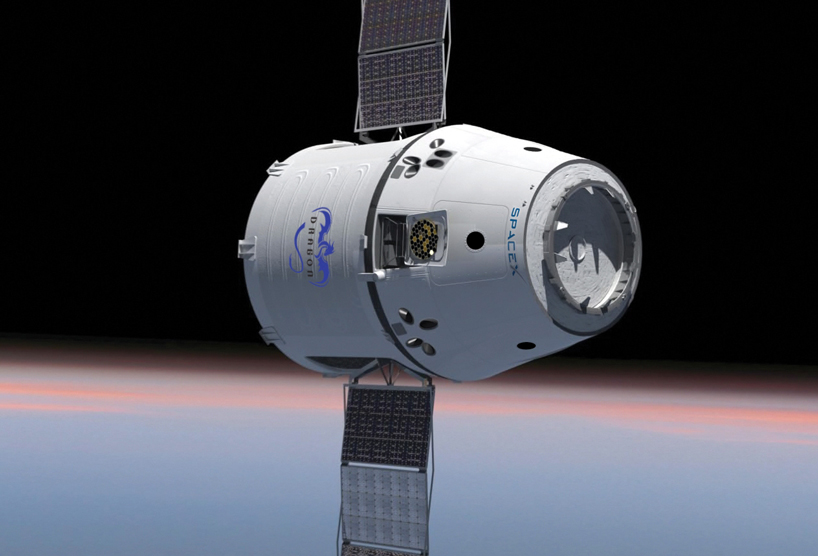 artist’s rendering of ‘dragon’ with solar panels extended
artist’s rendering of ‘dragon’ with solar panels extended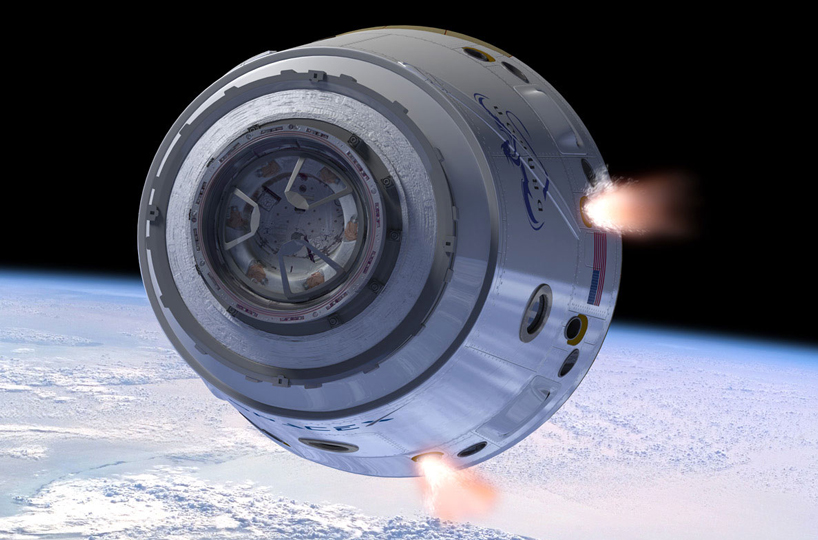 additional view of ‘dragon’, artist’s rendering
additional view of ‘dragon’, artist’s rendering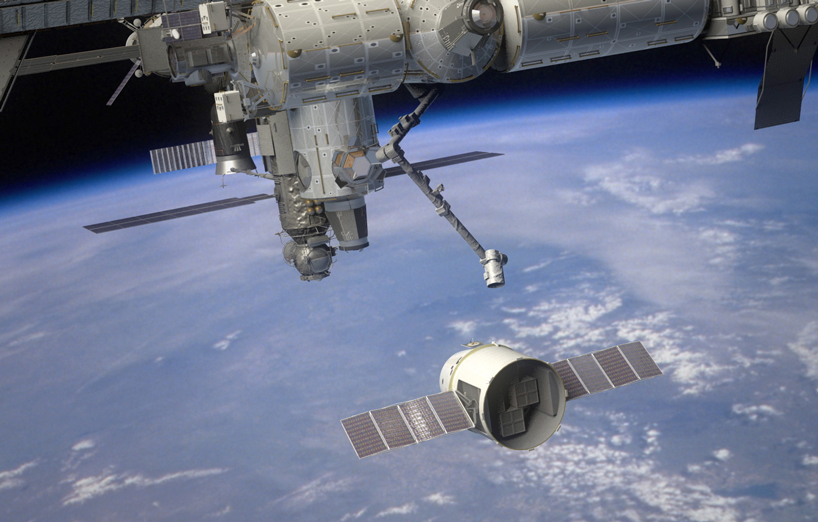 rendering of the robotic arm of the ISS reaching to pull in the ‘dragon’ spacecraft
rendering of the robotic arm of the ISS reaching to pull in the ‘dragon’ spacecraft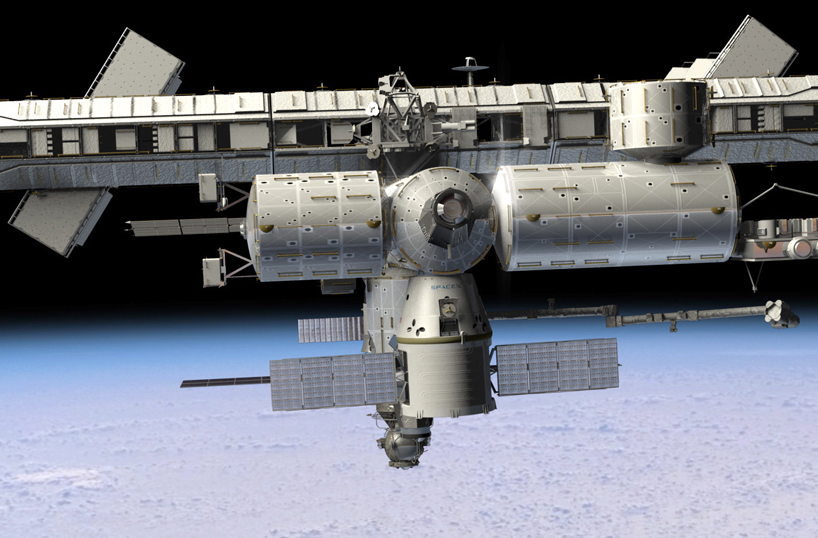 rendering of ‘dragon’ berthed to the ISS
rendering of ‘dragon’ berthed to the ISS